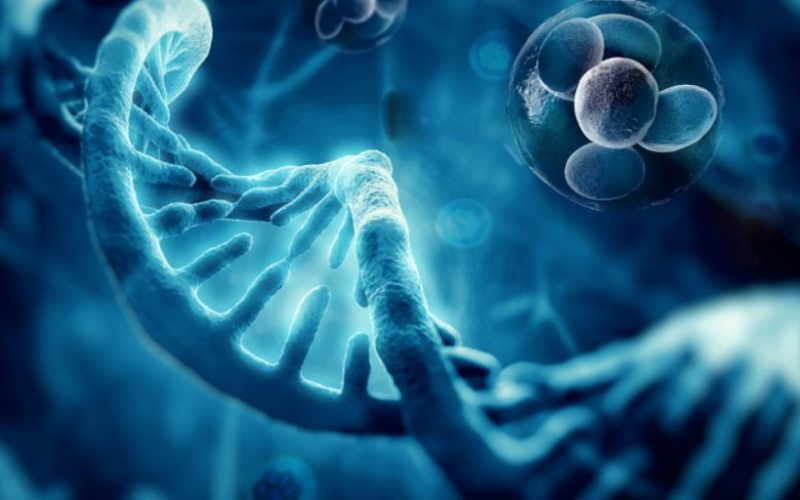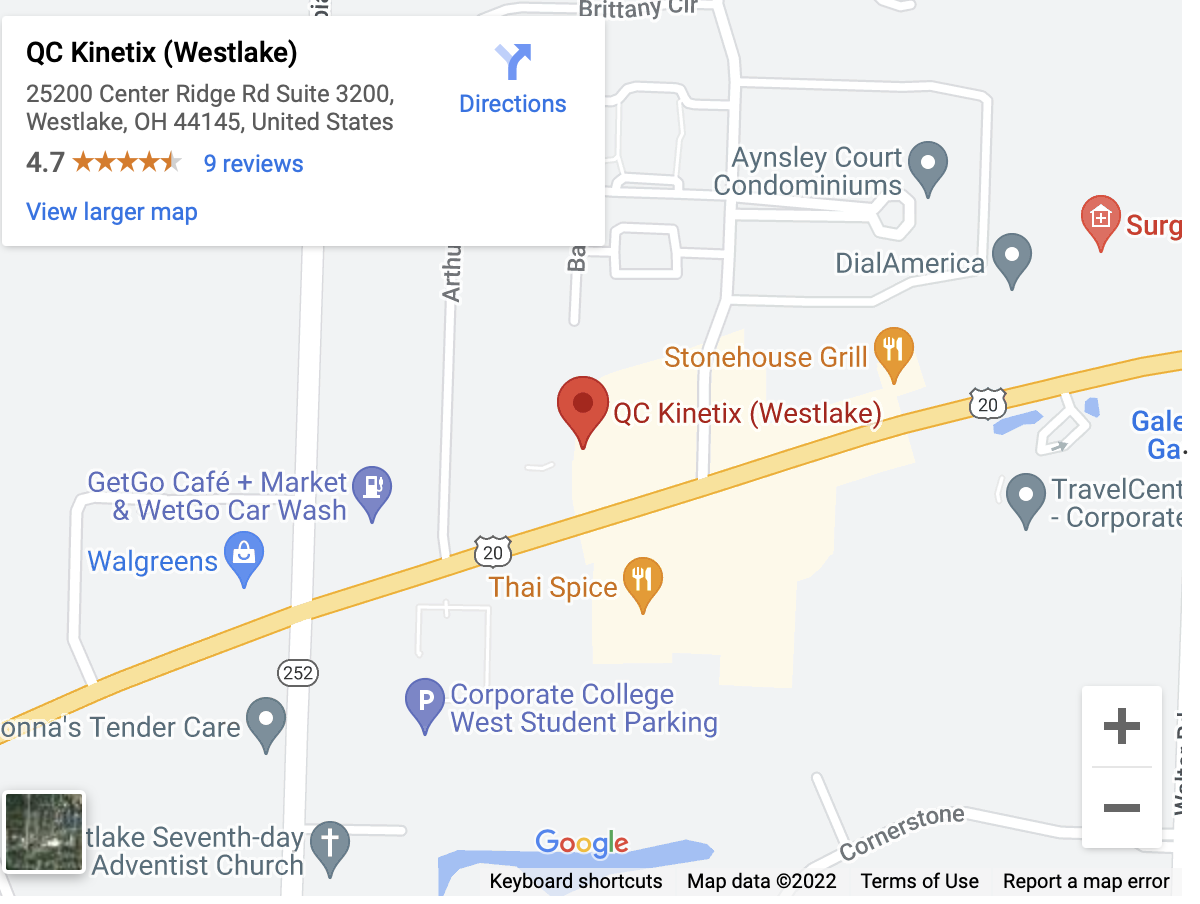Top regenerative medicine treatment techniques to address joint pain
From SEW RCD

Pains and aches in your knees, elbows, or hips can make moving around, sitting, or even sleeping difficult. If the medication and changes to lifestyle do not have the desired effect, doctors may recommend surgery. If you are reluctant to undergo surgery, you can consider regenerative medicine, which aims to boost the natural ability of the body to heal itself. A brief overview of the four techniques of regenerative medicine treatment for joint pain:
Stem Cell Therapy
Unarguably one of the most well-known methods of regenerative medicine, stem cell therapy has many supporters in the scientific community that believe in its ability to treat tissue and joint damage. One study of patients suffering from osteoarthritis in their knees reported them showing sustained improvement in their pain levels even after five years of being treated.
The treatment works well because of its use of stem cells that have the unique ability to transform themselves into the type of cells in their proximity. It means that if the cartilage in your knee joints shows signs of wearing out, stem cells injected into your knees will transform themselves into the kind of cells required to rebuild the cartilage tissues. Typically, the procedure involves extracting stem cells from another part of your body and injecting them into the affected joint to initiate the body’s natural healing process.
Platelet-rich plasma (PRP)
Platelet-rich plasma (PRP) therapy is increasingly finding favor with people suffering from debilitating joint pain. Although the therapy has been in use for more than 30 years for treating tendinosis, which is the degeneration of the collagen in the tendon due to chronic overuse, it is only in recent years that it has become popular due to its effectiveness in treating arthritis, according to QC Kinetix (Westlake) near Westlake, a top regenerative medicine clinic. You can visit them by following the map.


The procedure involves drawing a small blood sample from your arm, which is spun in a centrifuge to isolate the platelets. These platelets are injected into the affected joint. The injected solution prompts the regeneration of the tissues and speeds up the healing process. Research shows that when done to treat osteoarthritis in the knee, it reduces pain and stops the progression of the disease.
Prolotherapy
The theory that the human body sends healing resources to an injured site is the basis of prolotherapy. According to Medical News Today, the treatment involves injecting the affected joint with a dextrose solution, which irritates the joint and provokes the body’s defense systems to heal it by reducing the inflammation. The injection is steroid and drug-free though sometimes lidocaine may be added to keep the patient comfortable by reducing the pain.
Amniotic Membrane Injections
Amniotic membrane tissue of the placenta from mothers delivering babies is rich in properties that help regenerative medicine treatment. Doctors will inject a solution containing an amniotic membrane containing healing elements into the affected joint for pain reduction and promoting healthy regenerative tissue growth.
Conclusion
If you are suffering from chronic pain that is making normal life difficult and conventional treatments like lifestyle changes and medication have not worked, you should take a hard look at the benefits of regenerative medicine before opting for surgery as the last resort.





